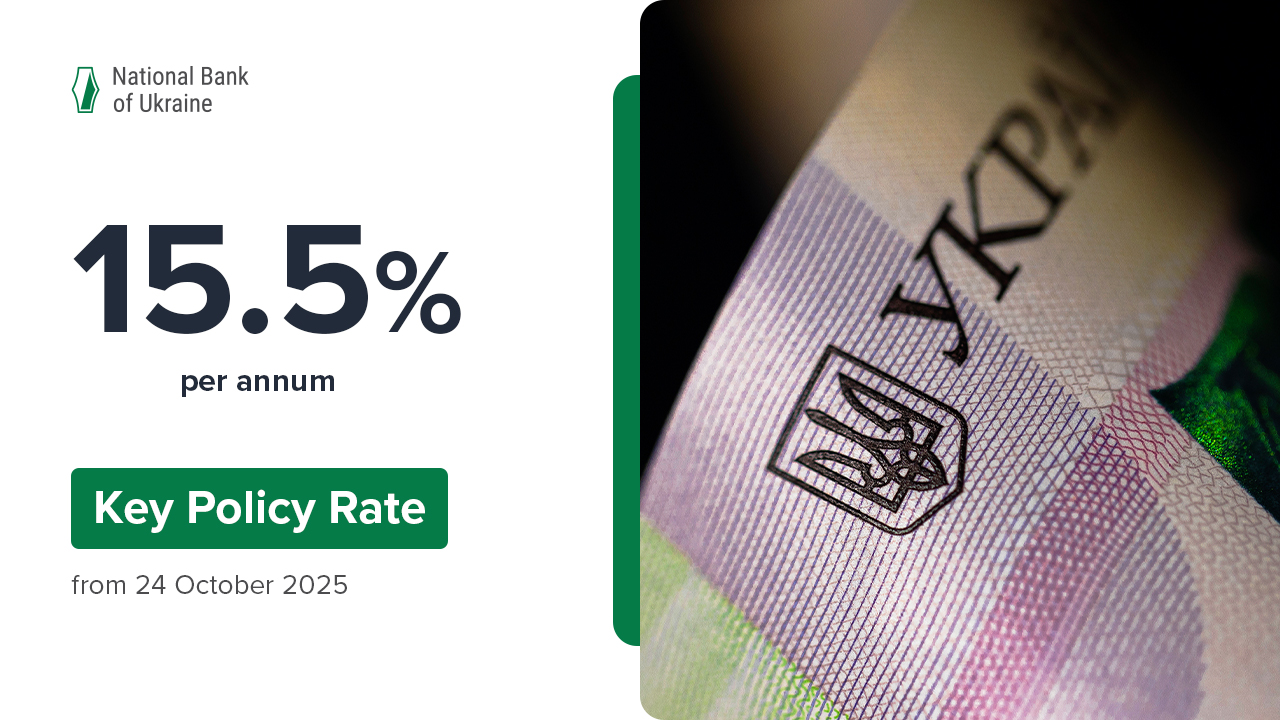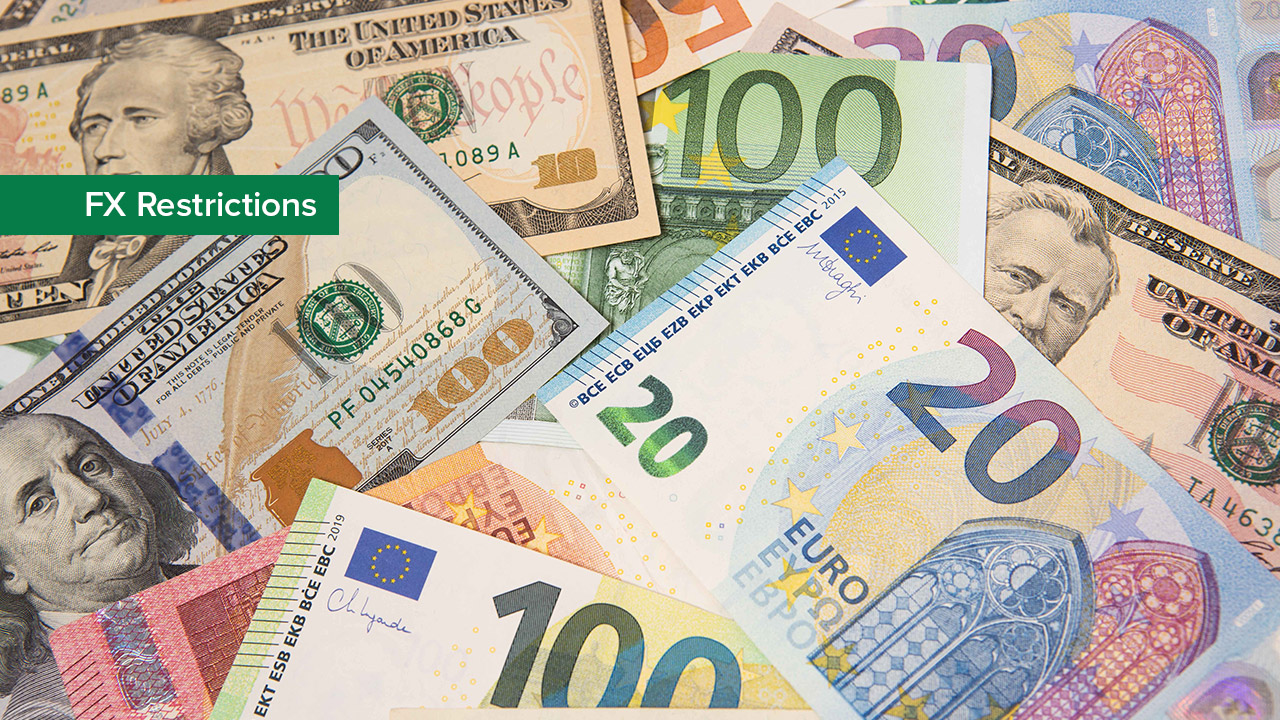In January 2018, headline inflation accelerated to 14.1% yoy from 13.7% in December 2017. In monthly terms, consumer prices rose 1.5% according to data released by the State Statistics Service of Ukraine.
The actual inflation came in higher than the forecast trajectory published in the January 2018 Inflation Report as prices for raw foods and fuels were rising at a faster pace.
- Core inflation accelerated to 9.8% yoy in January (stood at 0.7% mom), largely in line with the forecast. The acceleration was driven by markedly higher service prices tracked in this measure. Their rate of change increased to 15.2% yoy.
In particular, prices for house maintenance, cable television and the internet, and health care services recorded notable increases. A rise in service prices reflected a number of factors. First, the continuing effect of wage increases (includingof another minimum wage increase by 16.3% from early 2018). Second, a depreciation of the hryvnia in the last few months. Third, the fast pace of consumer demand growth as evidenced by a rapid increase in retail trade turnover in December 2017 (up by 16.1%). Fourth, price revisions, which typically accompany the start of a new fiscal year.
Meanwhile, prices of processed foods decelerated as expected, due to a slower pace of increase in the corresponding raw food prices. Notably, dairy prices grew at a slower rate in January owing to lower procurement prices for raw milk,against the background of descending global prices for milk and dairy products.
The growth in prices for clothes and footwear as well as other nonfoods predictably accelerated, including due to the hryvnia depreciation in November–January.
- In January, raw food prices grew 23.6% yoy, faster than expected. Specifically, prices for most of the “borshch vegetables” accelerated. Growth rates of prices for greenhouse vegetables, most of which are imported, also exceeded the expectations. Prices for meat continued to grow fast as well. Although global meat prices have been decreasing over the past few months, domestic factors played a dominant role: supplies of certain types of meat declined after the end of the holiday season while export volumes remained high. The growth in prices for eggs and fruit also accelerated.
- Administered prices grew 16.2% yoy, largely in line with the forecast. Their growth was driven by rising prices for postal and local landline phone services. In addition, a rise in fuel prices has led to a faster growth in urban bus fares. In the meantime, growth in prices for alcoholic beverages and tobacco goods slowed down.
- Fuel prices went up by 21.8% yoy due to higher global oil prices and the weaker hryvnia.
The current developments of headline inflation and its components signal about persisting significant inflation pressure, about which the NBU cautioned in its January 2018 Inflation Report. The regulator expects that a tighter monetary policy will help to lower headline inflation and bring it back to the target range in the middle of 2019.






